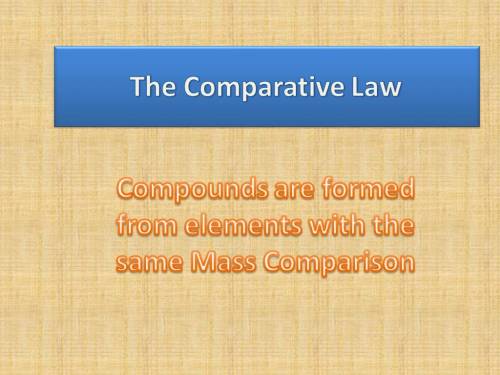
Chemistry, 25.09.2019 14:20 cathysilvestro
Achemist decomposes several samples of carbon monoxide into carbon and oxygen and weighs the resultant elements. the results are shown below:
sample mass of carbon mass of oxygen
1 6 8
2 12 16
3 18 24
do you notice a pattern in these results?
next, the chemist decomposes several samples of hydrogen peroxide into hydrogen and oxygen. the results are shown below:
sample mass of hydrogen mass of oxygen
1 0.5 8
2 1 16
3 1.5 24
part b
do you notice a similarity between these results and those for carbon monoxide in part a?
partc
formulate a law from the observations in a and b.
part d
formulate a hypothesis that might explain your law in c

Answers: 1


Other questions on the subject: Chemistry

Chemistry, 22.06.2019 06:00, applejulianamoreno
If a polyatomic ionic compound has gained two hydrogen ions, then how does its name begin?
Answers: 3

Chemistry, 22.06.2019 06:40, CylieTbh
Which statement is usually true about the relationship between activation energy and reaction rates? low activation energy barriers result in low rates. high activation energy barriers result in low rates. low activation energy barriers result in no reaction. high activation energy barriers result in no reaction.
Answers: 3

Chemistry, 22.06.2019 17:30, tiffanyhmptn
Which scenario is most similar to the type of collision that gas particles have according to kinetic molecular theory
Answers: 1
You know the right answer?
Achemist decomposes several samples of carbon monoxide into carbon and oxygen and weighs the resulta...
Questions in other subjects:


Biology, 16.02.2021 22:30


Biology, 16.02.2021 22:30

Mathematics, 16.02.2021 22:30

History, 16.02.2021 22:30


Mathematics, 16.02.2021 22:30

Mathematics, 16.02.2021 22:30

Business, 16.02.2021 22:30




